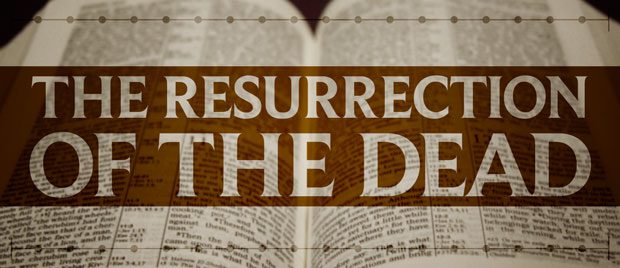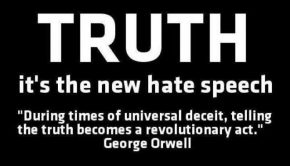The Empty Tomb: Resurrection Theory
Today, you can travel to Hebron in Israel and visit the Cave of the Patriarchs which is a mausoleum of sorts built over the cave and adjoining fields of Machpelah. This is where Abraham was buried after he died. (Genesis 25:9-10)
Today you can travel to Medina in Saudi Arabia and visit Al-Masjid al-Nabawī often called the Prophet’s Mosque which is a mosque built by the Prophet Muhammad. This is where he was buried after he died.

Today you can travel to Sri Lanka and visit the Temple of the Tooth or Dalada Maligawa. This is where the “right tooth relic” of the Buddha is kept after his body was cremated.

Today you can travel to Jerusalem in Israel and visit the Church of the Holy Sepulcher. You can also cross the Kidron Valley and visit many garden tombs that pepper the side of the Mount of Olives. It is believed that Jesus was buried in one of these locations.


What sets Jesus’ tomb apart from the tombs of all the other major religious leaders is that we aren’t exactly sure where it is. We know where to look, but can’t determine which is his. Which brings up the logical question, “Why?” The answer reveals the other reason the tomb of Jesus is set apart from the tombs of all other major religious leaders.
We don’t know where Jesus tomb is because he’s not there. I can show you where Abraham, Muhammad, and (parts of) the Buddha are. I can’t, however, show you where Jesus is. There is no grave that holds Jesus’ body. The empty tomb is a historical fact. Jesus’ body has been missing for the past 2000+ years. There’s no arguing against it. What is open for debate is how it went missing.
For about the length of time that Jesus’ body has been missing, there have been a few theories floating around about how the tomb came to be empty that Sunday morning. The most popular of those theories has been the idea that Jesus came back to life from the dead (also known as resurrection). This “Resurrection Theory” has been the belief and teaching of the Christian Church from the very beginning since Jesus’ tomb was found empty. This leaves all of us in 1 of 2 categories. Either you don’t believe this theory is true or you do.
If you don’t believe this is true, I would encourage you to consider a plausible explanation for the empty tomb. Let me submit that it’s not enough to simply say, “Jesus didn’t raise from the dead.” What you are rejecting is a proposed solution to a greater problem and it’s one that must be dealt with. Allow me to lay it out for you.
Jesus was publicly killed and publicly died. After his death, he was interred in a cave tomb that was hewn out of rock the entrance of which was sealed with large stone while guards were stationed outside of the tomb. Three days later, when some women came to put spices on the corpse, they found the tomb empty.
Simply rejecting the resurrection doesn’t solve your ultimate problem. One of (if not the) most influential men in the history of the world went missing after his death. Determining in your mind that this doesn’t need to be personally investigated or that you don’t need to come to an individual decision regarding the empty tomb is unreasonable.
On the other hand, if you believe this “Resurrection Theory” is true, it should, it must, fundamentally change the way you live. If you believe that there was a religious leader who died and rose again, somehow defeating death, there is no possible way your life could be the same. You could not continue living the same way, making the same choices, treating people the same way, and, ultimately, have the same desires if you really believe that there was a man who at one time lived and died only to become alive again.
If you choose to believe this proposed solution to the empty tomb, that Jesus rose from the dead, then others should be able to tell by the way you act, walk, talk, eat, drink, and whatever you do (1 Cor. 10:31). The ball is in your court.
If you choose to reject the proposed solution to the empty tomb, that Jesus rose from the dead, then offer another consistent and plausible solution. But not making a determination about these facts cannot be offered as an option. The ball is in your court.










